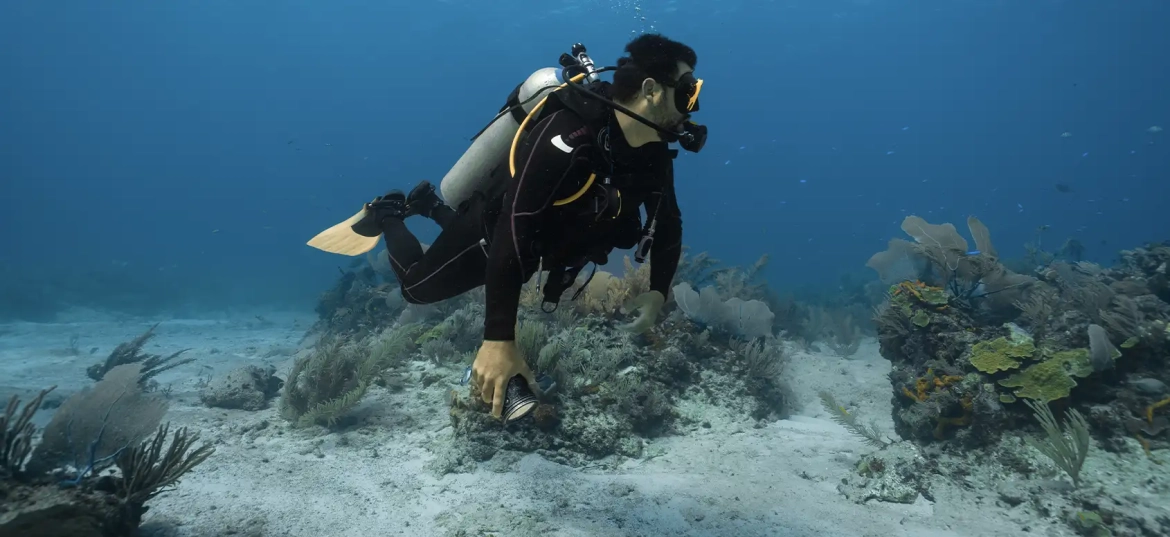Add Costa Rica to your dive travel story! Costa Rica is widely recognized as one of the world’s most biodiverse nations. The small country is sandwiched between two oceans and is home to a number of ecosystems above and below the water. Costa Rica is fast becoming a hot spot scuba diving destination, particularly along its Pacific shores.
Best time to Dive in Costa Rica
Costa Rica diving is available year round so when asked when is the best time to dive in Costa Rica, Bill Beard always answers “Any time you can make it!”
Diving seasons are divided between the rainy “green” season (May to November) and dry season (December to April) If we had to pick, our favorite time is Costa Rica’s rainy season between May to November. Don’t be scared off as the rainy season, the mornings are usually sunny with some rain in the afternoons. Nutrient surges off the Pacific coast attract bull sharks to Bat Island from May to November and huge schools of fish and rays.
Water temperatures
Ocean temps with warm waters from 23C/73F to 29C/84F on average. Costa Rica experiences an influx of cooler water Dec to April, with averages from 20 C / 68F to 25C/76F. Seasonal air temperature along the coasts ranges from 27°C/82°F in green season and up to 35°C/95°F in the hot dry summer months from Dec to April.
Visibility
On average tends to be better during the warmer water months from June to November however even during those months divers can experience a wide range of visibility even from dive to dive ranging from 30 m/100ft to 5m/15ft. Even with low visibility the water is nutrient rich with plankton which attracts tons of marine life and huge schools (universities!) of fish. The reefs are volcanic rock pinnacles so don’t expect beautiful corals, but the abundance and multitude of colorful fish and marine life makes for exciting and fun diving.
Currents and Surge
The Dry season is known for winds that sweep down from the north creating choppier ocean surface, and greater surge presence. Green season (May-November) offers predominantly calmer ocean conditions. Most sites are not generally visited by strong current. Cocos islands is the exception and can experience heavier currents and surges.
Whale Migrations
Divers can have some “noisy” dives with whale chatter from August to November with frequent visits from the Southern Pacific humpbacks making their trek 1000’s of miles from Antarctica to mate/birth in the warm shallow waters off our coast. From January to March, there is another migration of humpback Whales from the North to escape the Arctic winter.
Where to Stay
Below are our recommended top diving locations. There are dive packages available from every budget. Most of the diving from the mainland is done from the Guanacaste area. Divers can fly into LIR -Liberia airport and be at their hotel within 45 minutes. If you are diving Cano Island/Drake Bay or if you are doing a liveaboard to Isla de Cocos you will fly into the San Jose Airport
- Playa de Coco, Hermosa, Ocotal and Panama
- Playa Flamingo, Conchal
- Tamarindo Beach
- Drake Bay
- Manuel Antonio/Uvita/Herradura
- Isla de Coco – Liveaboard packages only



